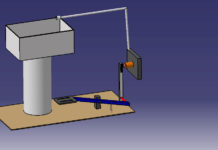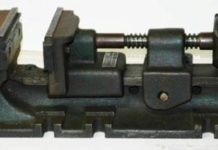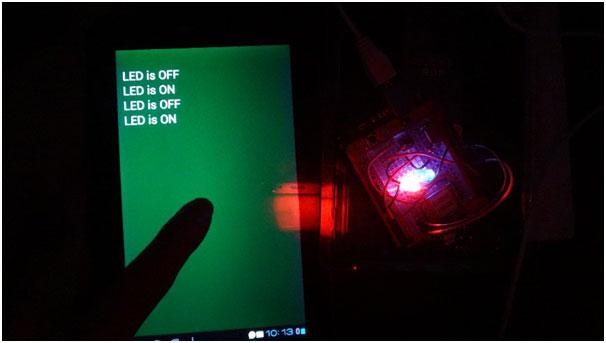Universal (or Hooke’s) Coupling
A universal or Hooke’s coupling is used to connect two shafts whose axes intersect at a small angle. The inclination of the two shafts may be constant, but in actual practice, it varies when the motion is transmitted from one shaft to another. The main application of the universal or Hooke’s coupling is found in the transmission from the gear box to the differential or back axle of the automobiles. In such a case, we use two Hooke’s coupling, one at each end of the propeller shaft, connecting the gear box at one end and the differential on the other end. A Hooke’s coupling is also used for transmission of power to different spindles of multiple drilling machine. It is used as a knee joint in milling machines.


In designing a universal coupling, the shaft diameter and the pin diameter is obtained as discussed below. The other dimensions of the coupling are fixed by proportions as shown in Fig. 3.

Let d = Diameter of shaft,
dp = Diameter of pin, and
τ and τ1 = Allowable shear stress for the material of the shaft and pin respectively.
We know that torque transmitted by the shafts,
T = π / 16 × τ × d^3
From this relation, the diameter of shafts may be determined.
Since the pin is in double shear, therefore the torque transmitted,
T = 2 × π / 4 × (dp)^2 × τ1 × d
From this relation, the diameter of pin may be determined
Note: When a single Hooke’s coupling is used, the ratio of the driving and driven shaft speeds is given by
N / N1 = {1 – cos^2 θ × sin^2 α} / con α
N1 = N con α / {1 – cos^2 θ × sin^2 α}
where N = Speed of the driving shaft in r.p.m.,
N1 = Speed of the driven shaft in r.p.m.,
α = Angle of inclination of the shafts, and
θ = Angle of the driving shaft from the position where the pins of the driving shaft fork are in the plane of the two shafts.
We know that maximum speed of the driven shaft,
*N1 (max) = N / cos α
and minimum speed of the driven shaft,
*N1 (min) = N cos α
From above we see that for a single Hooke’s coupling, the speed of the driven shaft is not constant but varies from maximum to minimum. In order to have constant velocity ratio of the driving and driven shafts, an intermediate shaft with a Hooke’s coupling at each end (known as double Hooke’s coupling) is used.
Reference A Text book of Machine Design by R. S. Khurmi and J. K. Gupta











